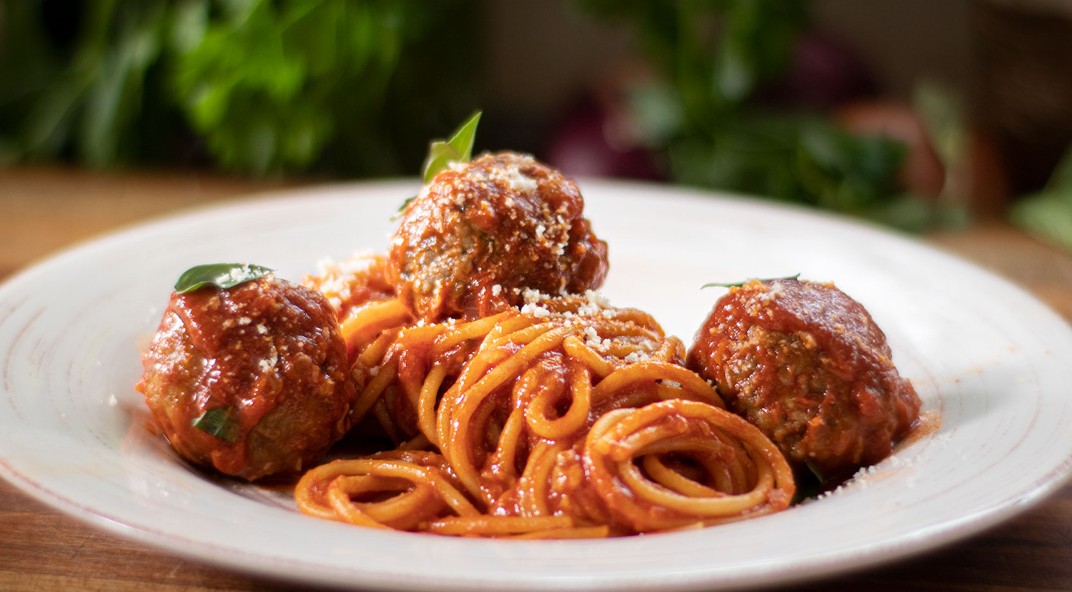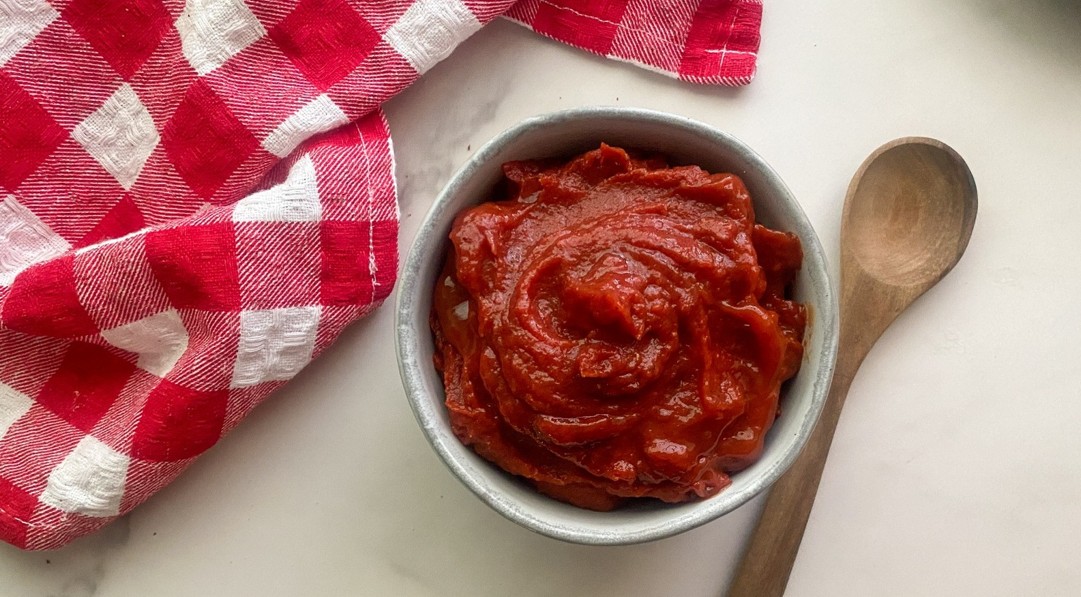
For many of us, mustard is simply a condiment we grab from the grocery store shelf – a trusty yellow squeeze bottle, a classic Dijon jar. But what if I told you that a world of vibrant, complex, and incredibly satisfying flavor awaits you, all from the simple act of making mustard in your own kitchen?
Homemade mustard isn’t just a fun culinary experiment; it’s a revelation. It’s surprisingly easy, immensely customizable, and delivers a freshness and depth that store-bought varieties often can’t match.
Why Bother Making Your Own?
- Unleash Superior Flavor: Freshly ground mustard seeds, combined with your choice of liquids and spices, create a more pungent, nuanced, and aromatic mustard. The vibrant kick is unparalleled.
- Tailor It to Your Taste: This is where the magic happens! Want it spicier? Sweeter? Herbaceous? Fruity? You are the master creator. Ditch the one-size-fits-all approach.
- Know Your Ingredients: No weird additives, artificial colors, or excessive sugars. You control exactly what goes into your mustard, making it a healthier and purer choice.
- Impress & Gift: A jar of homemade mustard makes a fantastic, thoughtful, and unique gift for any food lover. It feels gourmet and special.
- It’s Surprisingly Simple: You don’t need fancy equipment or extensive culinary skills. If you can measure and blend, you can make mustard.
The Basic Building Blocks
At its heart, mustard is incredibly simple, requiring just a few core components:
- Mustard Seeds: These are the star! You can use yellow (mildest), brown (more pungent, peppery), or black (most intense and hot) seeds, or a combination. Whole seeds provide texture, while grinding them finer yields a smoother condiment.
- Liquid: This activates the heat compounds in the seeds and creates the consistency. Common choices include water, vinegar (white, apple cider, red wine), beer, wine, or even fruit juice.
- Salt: Essential for flavor balance and preservation.
- Optional Flavorings: This is where you get creative! Spices (turmeric for color, garlic powder, paprika, chili flakes), sweeteners (honey, maple syrup, brown sugar), herbs (tarragon, dill), or other liquids (cider, coffee).
A Simple Homemade Mustard Recipe (The Foundation)
This basic recipe will get you started. Once you’ve mastered it, feel free to experiment!
Yields: About 1 cup Prep time: 10 minutes active, plus 2-24 hours soaking and resting
Ingredients:
- ½ cup mustard seeds (use all yellow for mild, all brown for spicier, or a mix)
- ½ cup liquid (e.g., ½ cup water, or ¼ cup water + ¼ cup apple cider vinegar)
- ½ teaspoon salt
- Optional: 1-2 tablespoons sweetener (honey, maple syrup), ½ tsp turmeric (for color), pinch of any spice you like
Instructions:
- Soak the Seeds: In a non-reactive bowl, combine the mustard seeds and your chosen liquid. Cover and let them soak at room temperature for at least 2 hours, or preferably overnight (up to 24 hours). This softens the seeds and begins to activate their flavor.
- Blend: Transfer the soaked seeds and liquid to a small food processor or a high-speed blender. Add the salt and any optional flavorings. Blend until you reach your desired consistency.
- For a whole-grain mustard, blend just enough to mostly combine, leaving some seeds intact.
- For a smooth mustard, blend until completely smooth, scraping down the sides as needed. You may need to add an extra tablespoon or two of liquid if it’s too thick.
- Taste and Adjust: Taste a small amount. It will likely be quite sharp or even bitter at this stage. This is normal! Adjust salt, sweetener, or added liquid as needed.
- Rest and Mellow: Transfer the mustard to an airtight jar. Refrigerate for at least 24 hours, and ideally 2-3 days, before using. This resting period allows the flavors to meld and mellow out, developing that familiar mustard tang. The initial bitterness will subside into a delightful pungency.
- Store: Keep homemade mustard refrigerated in an airtight container for several weeks, or even a couple of months. Its flavor will continue to deepen over time.
Unleash Your Inner Mustard Alchemist!
Once you have the basic process down, the possibilities are endless:
- Beer Mustard: Use your favorite ale, lager, or stout as part or all of the liquid.
- Wine Mustard: A dry white wine or even red wine can add sophisticated notes.
- Honey Mustard: Increase the honey or maple syrup for a sweet and tangy version.
- Garlic & Herb: Add roasted garlic cloves, fresh dill, tarragon, or rosemary to the blend.
- Spicy Kick: Include a pinch of cayenne pepper, red chili flakes, or a dash of your favorite hot sauce.
- Curry Mustard: Add turmeric, coriander, cumin, and other curry spices for an Indian-inspired condiment.
- Fruit Mustard: Use apple cider, pear juice, or even a small amount of fruit puree (like apricot or fig) for a unique sweet-savory pairing.
Homemade mustard isn’t just a condiment; it’s a creative expression, a journey of flavor, and a deeply satisfying culinary endeavor. So, next time you reach for that jar, consider dedicating a few minutes to crafting your own. Your taste buds, and your cooking, will thank you for it.







